Sochaczew Narrow Gauge Railway Museum
This unique railroad museum secretly contains the history of Poland rebuilding itself from the inside-out.
Poland is home to one of Europe’s largest collection of antique narrow gauge rolling stock, encompassing the earliest horse-drawn vehicles up through a pair of still-functioning diesel locomotives, drawing passenger carriages filled with tourists along these original narrow rails to Kampinos National Park. But more than merely providing a niche railway museum for locomotive nerds, the collection at Sochaczew provides a unique portal into the country’s history of bombardment and industrious self-sustainment.
Sochaczew was regularly destroyed by fires and wars, but never so violently as during a half year period in World War I when Russian and German troops demolished the area. When the war ended and Poland regained its independence, the local parliament saw fit to build a narrow-gauge railway connecting Sochaczew with the nearby Kampinos forest in order to haul the massive amounts of timber that would be necessary to rebuild the city.
The distance between the laid rails ranged from 600mm to 750, 785, 900, and 1,000mm. By abandoning standard railroad gauge, the cars traveling on them were first able to grow with the means of the people; horses pulled the first cars, only to later upgrade to steam, and finally diesel-powered engines as the community demanded. Due to this narrow gauge, though, the trains were never able to reach speeds that would make them competitive across Europe’s wider economy, as they topped-out near around 19mph. Rather, Poland’s narrow gauge railway continued to satisfy the needs of local residents by transporting lumber, sand, crops, coal, and passengers.
By the time the 1970s and 80s rolled around, a few collisions and derailments paired with decreasing passenger ridership set in motion a plan to close the railway. It was decided that the 3:35 PM, Wyszogród-bound train departing from Sochaczew on November 30th, 1984 would be free of charge for all, and also the last official, regular passenger route for the railway that had literally rebuilt and reconnected the nation from inside.
Rather than scrap the unruly set of rail cars, Sochaczew’s Narrow Gauge Railroad Museum decided to preserve and display the original set of vehicles that once rolled across Poland’s uniquely slim rails. Many of the rail cars on display at the museum are among the last of their kind, in all of Europe. The Museum displays narrow gauge diesel locomotives, two electric locomotives, passenger carriages from the turn of the 19th and the 20th centuries, draisines, a narrow-gauge passenger carriage from 1930 transformed by the army into a so-called “saloon carriage,” and many more unique railroad cars.
As the vast majority of the tracks were torn up in the wake of this closure, one remains open to tourists: the museum’s two working MBd1 diesel carriages and Lxd2 diesel locomotives, coupled with their nine functioning 1Aw passenger carriages. These rotate in and out of operation from April to October each year, transporting ticketed passengers along the narrow gauge rails from the musem to Kampinos National Park, where bonfires and merriment in the wilderness can still be found, just as in the days of yore.
Community Contributors
Added by
Edited by
The Atlas Obscura Podcast is Back!




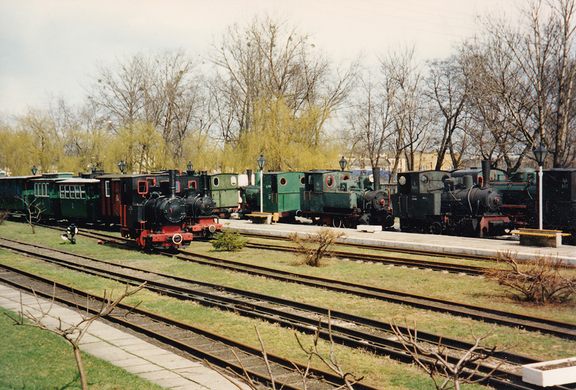
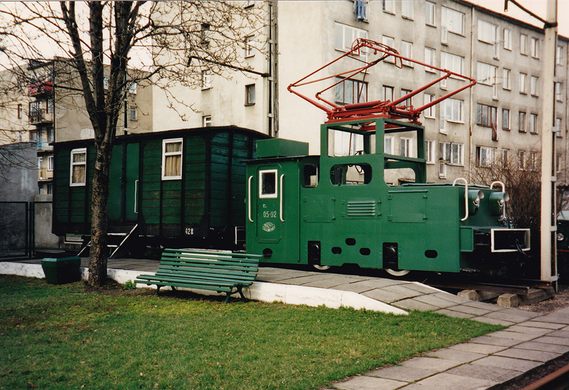




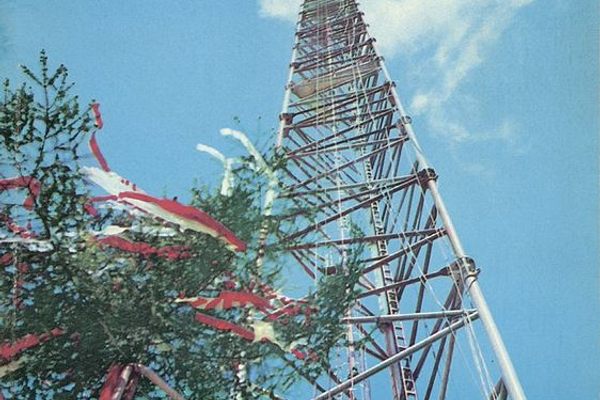
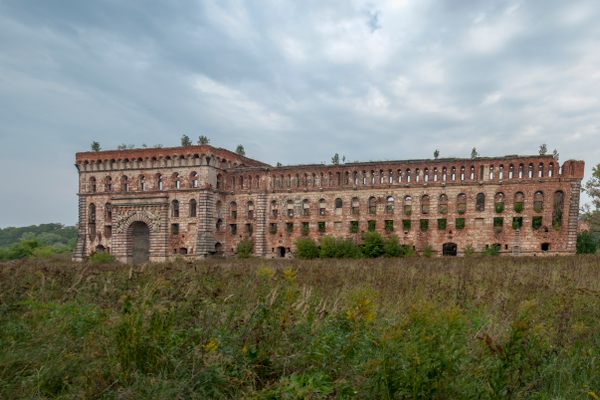

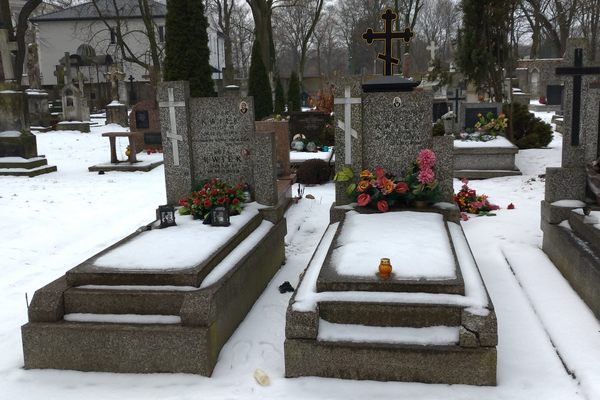





Follow us on Twitter to get the latest on the world's hidden wonders.
Like us on Facebook to get the latest on the world's hidden wonders.
Follow us on Twitter Like us on Facebook